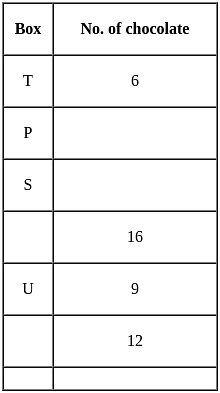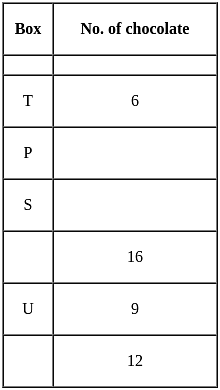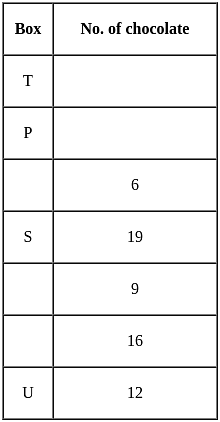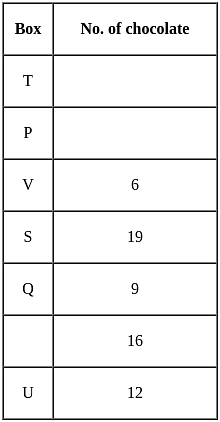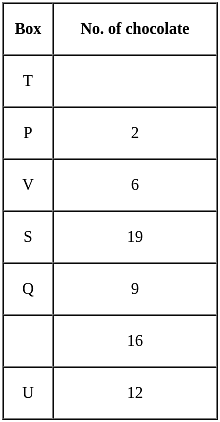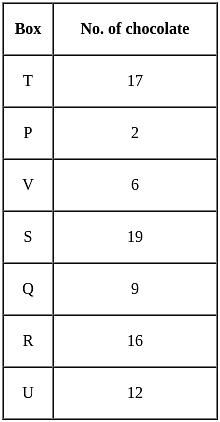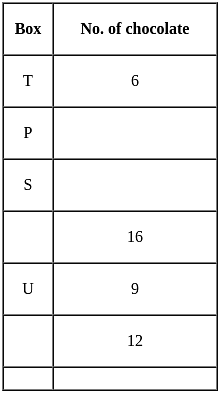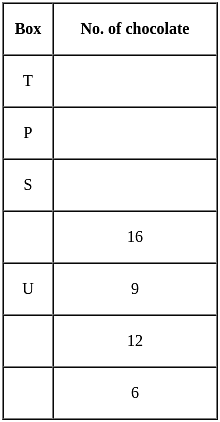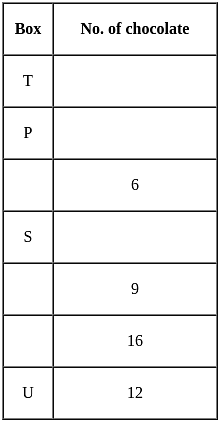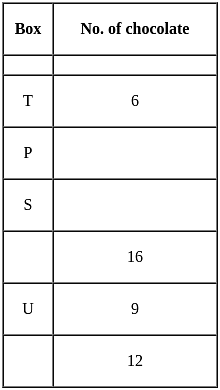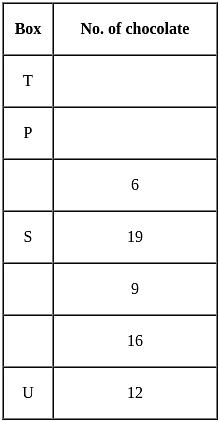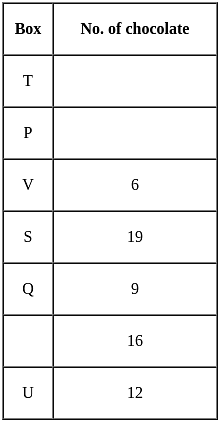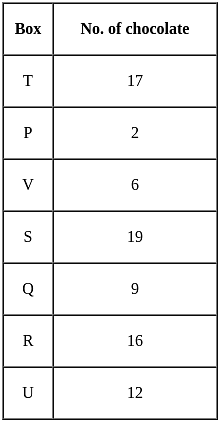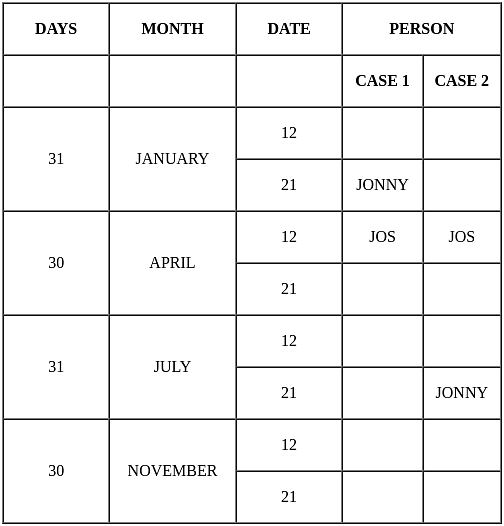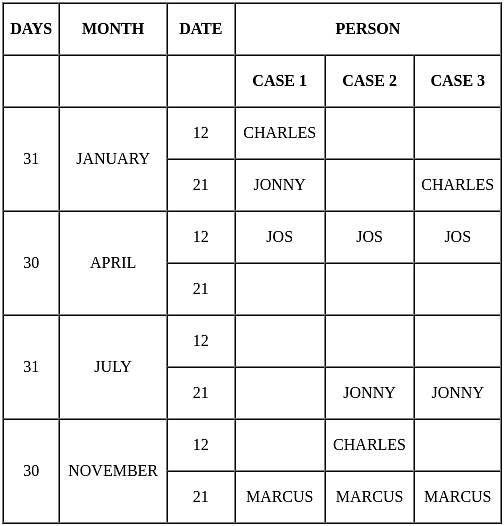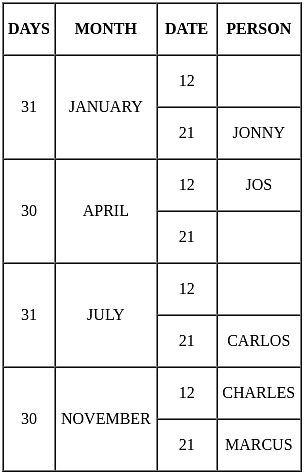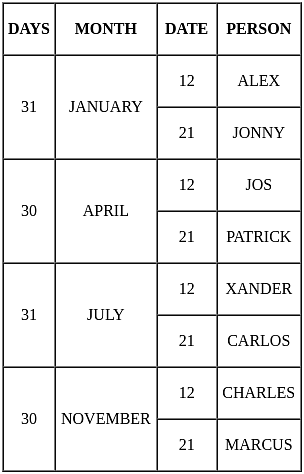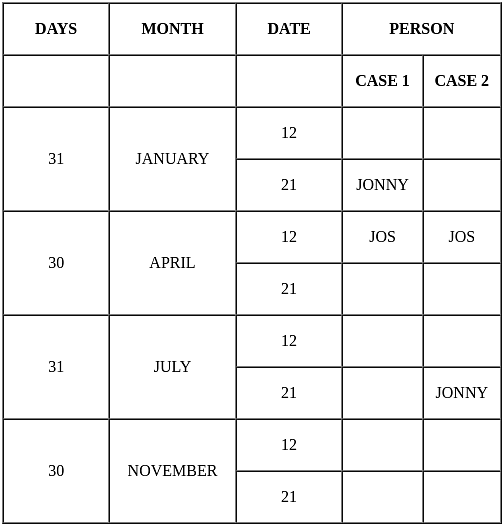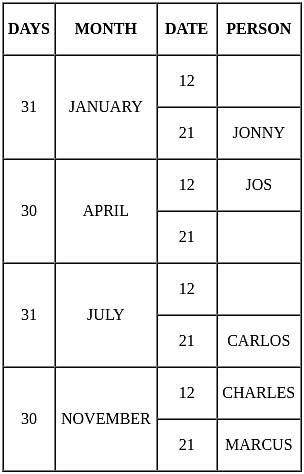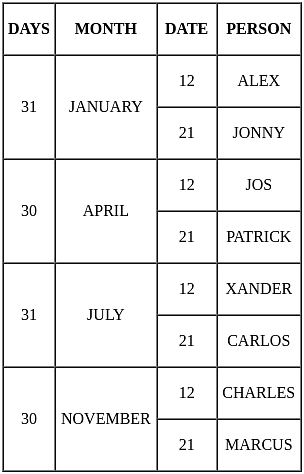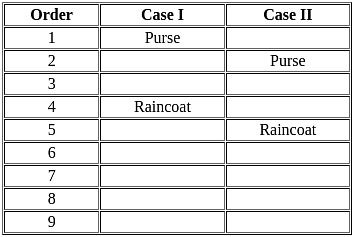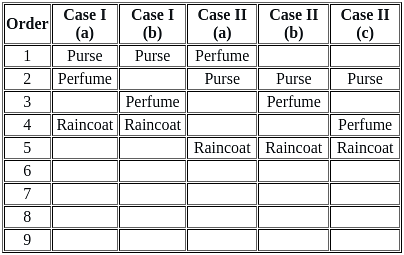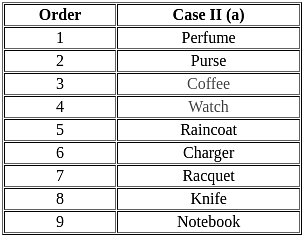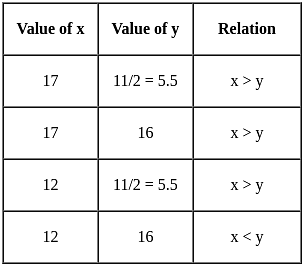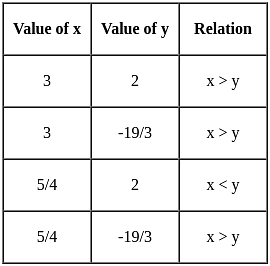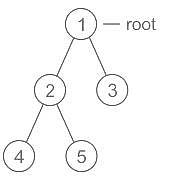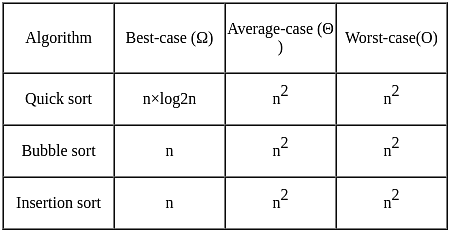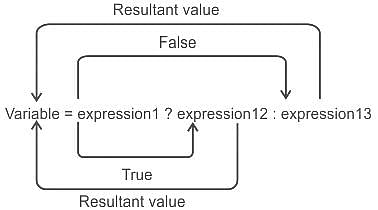SEBI Grade A (IT) Mock Test - 5 - Bank Exams MCQ
30 Questions MCQ Test - SEBI Grade A (IT) Mock Test - 5
What does KIRTI stand for, as inaugurated by the Union Minister for Youth Affairs and Sports, Anurag Singh Thakur, for identifying sports talents among school-goers?
What will fit in the blank taken from the passage: ‘But this surge, and the deficit tally, was ______ expectations, with economists describing it as ‘a rude shock’ thanks to ‘idiosyncratic’ effects.
| 1 Crore+ students have signed up on EduRev. Have you? Download the App |
If the ratio between number of qualified women in 2018 and number of qualified women in 2020 is 3 : 7 and the number of qualified men in 2018 is same as number of qualified man in 2020. Then find the total number of qualified women candidate in 2018 and 2020 together?
If the ratio between number of qualified men in 2017 and the number of qualified men in 2019 is 4 : 3 and total number of men qualified in 2017 and 2019 together is 392 then number of candidate appeared in 2017 that what percent of the number of candidate appeared in 2019?
In 2017, number of men who qualified were 50% of the number of men who qualified in 2020. Find the number of appeared candidate in 2017 if respective ratio of number of qualified men and woman candidates in 2020 is 13 : 11.
Which of the following is true about the box which contains 6 chocolates?
Who among the following joined the company in the month of July?
Directions: Read the sentence given below to find out if it contains an error. The error, if any, will be in one part of the sentence. If the sentence is error-free, select No error or option 5. Ignore errors of punctuation if any.
If I have (A)/ enough money, (B)/ I will buy (C)/ some chocolates. (D)/ No error (E)
Directions: Read the sentence given below to find out if it contains an error. The error, if any, will be in one part of the sentence. If the sentence is error-free, select No error or option 5. Ignore errors of punctuation if any.
Her books (A)/ have been (B)/ translate into (C)/ 24 languages. (D)/ No error (E)
In the following question, two columns are given containing three phrases each. In the first column, phrases are A, B, and C, and in the second column, the phrases are D, E and F. A phrase from the first column may or may not connect with a phrase from the second column to make a grammatically and contextually correct sentence. There are five options, four of which display the sequence(s) in which the phrases can be joined to form a grammatically and contextually correct sentence. If, none of the options given forms a correct sentence after combination, select ‘None of these’ as your answer.
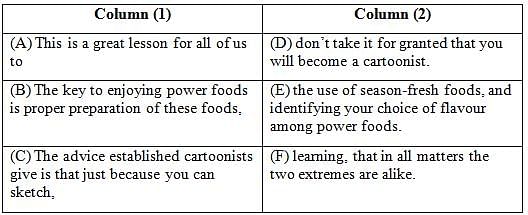
Directions: Given below is a word, followed by three sentences which consist of that word. Identify the sentence(s) that don't/doesn't express the meaning of the word.
PARODY
A. It also includes some brilliant parodies.
B. He had become a grotesque parody of himself and the gallery, at last, began to avert its eyes.
C. There is a twist to his parody tale.
In the following question two equations are given. You have to solve the equations and mark the answer accordingly.
l. x2 – 29x + 204 = 0
ll. 2y2 – 43y + 176 = 0
In the given question, two equations numbered l and II are given. Solve both the equations and mark the appropriate answer.
I. 4x2 – 17x + 15 = 0
II. 3y2 + 13y - 38 = 0
Consider the tree T given below. If post order traversal of T gives BCEAD, the lables of nodes 1, 2, 3, 4, 5, respectively are:
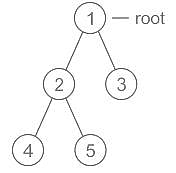
Consider a relation student has Student_id, Student_name, Student_age, Student_Income, Student_address.

Query:
SELECT DISTINCT Student_Income FROM student;
How many student_incomes prints the given sql query?
SHA-1 generates a hash code of size _________ bits.
‘All tasks of a transaction are performed or none of them are. There are no partial transactions.’
The LANs are located in small geographical boundaries ranging from
What is output of the code in Python Language:
>>> str1 = ‘All the Best’
>>> str1[-3]
A recursive function f is defined as follows:
f(n)=2, if n=0
=m, if n=1
=2*f(n-1)+4*f(n-2), if n>=2
If the value of f(4) is 88, then the value of m is:
What is the value of the following 'C' language expression?
(2 ? 3 : 4) + 8/4/2
Consider the following student relation.
Student relation has Name, Subject1_Marks, and Subject2_Marks attributes.
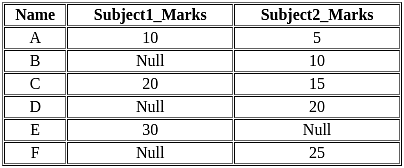
Query1:
Select count (*)
From student;
Query2:
Select count (10)
From student;
Query1 prints the Q1 and Query2 prints Q2. Which of the following condition is true?














